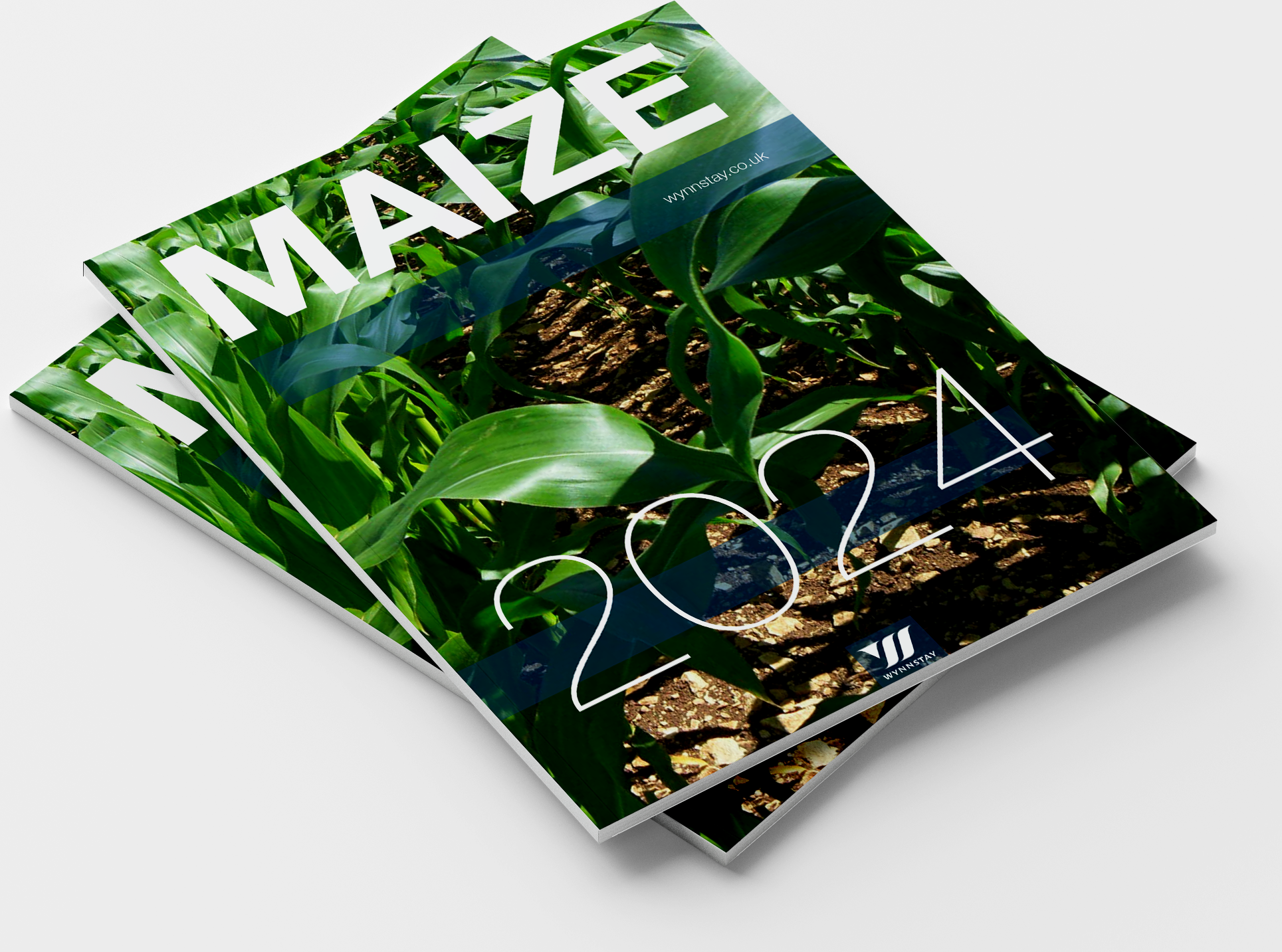What Should I Consider When Pre-Drilling Maize?
As we approach the beginning of the maize growing season, there are a few important things to consider pre-drilling in order to achieve a quality crop. We normally think about the effect of weather during the growing season, but this year the excess winter rainfall will also need to be taken into account. Saturated soils must be allowed to dry before any operations commence to avoid damaging soil structure and nutrient management plans should be adjusted to take into account the effect of leaching. The nutrient loss will be greatest from the lighter soil types.
Cultivation
Seedbed preparation has a major influence on germination and establishment. The aim is to produce a seedbed that is fine, firm, and free from compaction.
Maize is a deep-rooted plant and requires a well-developed root system to take up sufficient water and nutrients. A good root structure also helps to anchor tall plants and reduces root lodging. Soil compaction is a real problem because it restricts root development and plant growth. Subsoiling is recommended but it is essential the operation is carried out under the right soil conditions to achieve soil shatter at depth. Current, wet conditions will make this difficult to achieve.
Drilling
The soil temperature at 10cm depth should be around 10˚C and on a steadily rising plane. Seed should be drilled into moisture at anything from 25mm to 75mm depth. In practice, 20th April is a good target date for drilling to commence. Then, if the soil temperature isn’t warm enough or ground conditions are not favourable, drilling should be delayed. If crops are drilled too early into cold soil, germination and establishment will be affected.
Seed Rate
Under good sowing conditions, a standard seed rate of 45,000 seeds/acre should be used. Reducing the seed rate to 42,000 seeds/acre will improve crop maturity, which can be useful if the sowing date is delayed, or if the soil type or field location is expected to produce a later harvest. A lower plant population reduces plant to plant competition and results in shorter plants with stronger stems — an obvious benefit on more exposed sites because lodging is reduced. However, the penalty for reducing the seed rate is a reduction in yield because there are fewer plants per unit area.
Fertiliser
There can be a significant benefit from placing starter fertiliser near the seed at drilling. Phosphate is essential for adequate root development and phosphate availability is temperature dependant, so there is less P available in colder soils during early establishment when the small roots need it to develop. Most of the crop’s P requirement and a proportion of the N requirement can be placed in the root zone at drilling so it is right where the new plant can find it and use it; potash-containing fertiliser should not be placed at drilling since damage to the roots can result. As much as 30% of the crop’s total nitrogen requirement occurs after tasselling during grain development. An application of foliar-applied, protected urea just before tasselling ensures sufficient nitrogen is available to enable the crop to reach its full yield potential.












